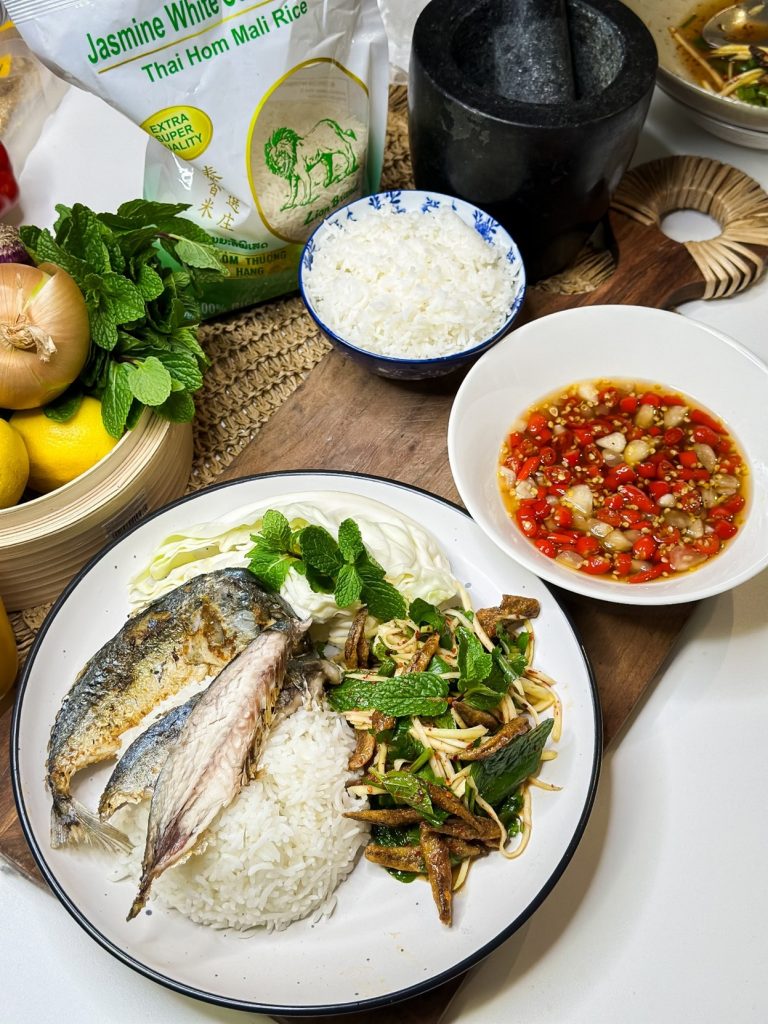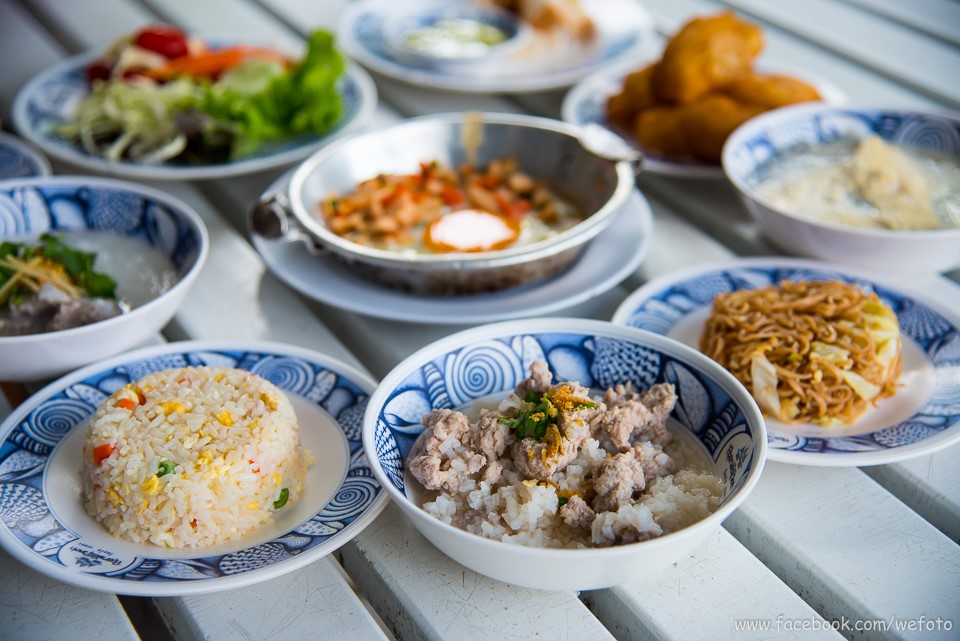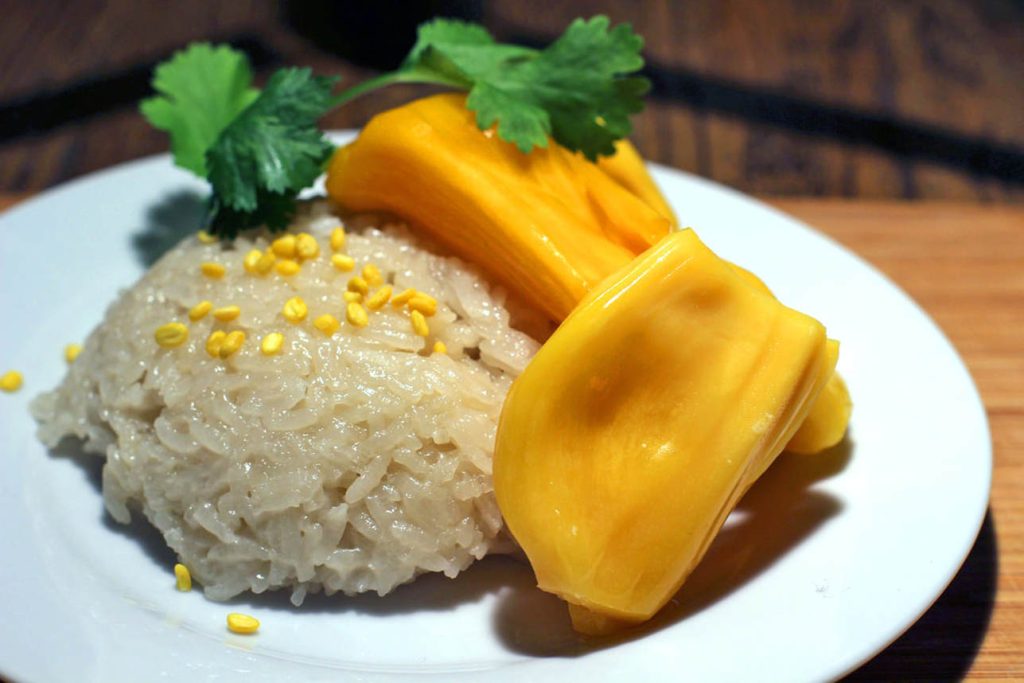We’ve moved on from the sweet and sour pork…Australians wouldn’t accept tofu at all once…Now it’s a popular dish – Gavin Chan, Happy’s Restaurant Canberra
In a previous post we looked at the prevalance of Thai restaurants in Australia and how it was part of an intentional campaign by the Thai government.
However another ubiquitous sight in Australia is the presence of Chinese restaurants.
When Chinese men first arrived in Australia as indentured rural labourers, many found positions as cooks on outback stations and country pubs. It was during the gold rush in the 1850’s that Chinese migration to Australia exploded and small food stores called “cookhouses” to serve the Chinese mining community hot meals.
These cookhouses that the Chinese started provided gold miners with meals and catered for Chinese and European tastes. There were a number of these cookhouses in Victoria during the gold rush and the same phenomenon happened again later, during gold rushes in Queensland and WA – Jan O’Connell, Author
Victoria’s first ‘Chinese’ restaurant to actively seek out the patronage of Westerners was probably that established by John Alloo on the Eureka Lead, Ballarat, offering roasts and puddings.
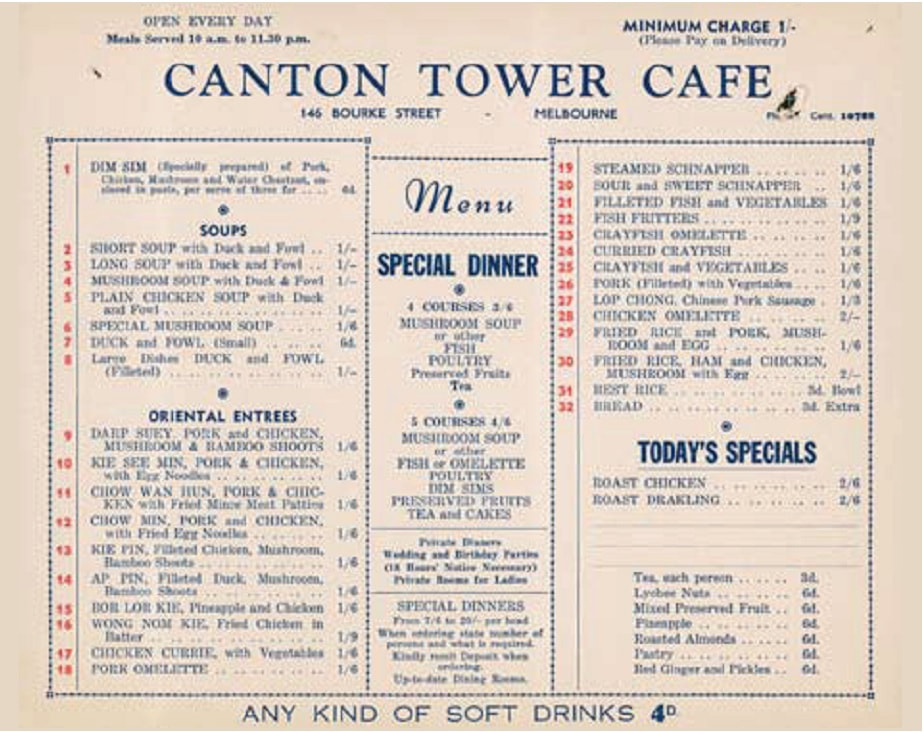
Chinese migration to Australia ground to a halt with the introduction of the White Australia policy in 1901.
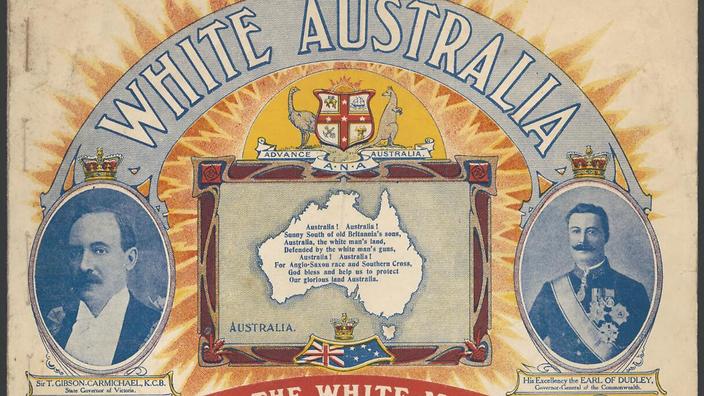
By the turn of the 20th century, the city’s emerging intelligentsia of artists, writers and later, university and college communities were venturing into Chinatown, City workers, suppliers of local Chinese businesses, and nurses and doctors coming off late shifts at the hospital also started eating at Chinese restaurants or getting take-away Chinese food. They were grateful for the welcoming atmosphere of Chinese restaurants in a city [Melbourne or Sydney that was] almost closed down at night – Barbara Nichol, Historian
In the mid 30’s exceptions to White Australia Policy were granted to chefs and restaurant traders were able to apply to bring in workers from China.
But they were not permitted to bring in relatives, so any familial connection had to be hidden. Many of these ‘cooks’ had no cooking experience whatsoever.
Eligibility to bring in staff was also determined by the type of food served and customer base. ‘Chinese’ food and Western customers being regarded favourably by authorities. ‘Australian’ Chinese – sweet and sour dishes, for instance, became standard fare around this time, and rather more beef dishes, than the staple Cantonese emphasis on pork and fish.
If a restaurant’s menu was considered too ‘ordinary’ or servicing the ‘lower’ end of the market (working class Chinese and Westerners), these applications were generally rejected.
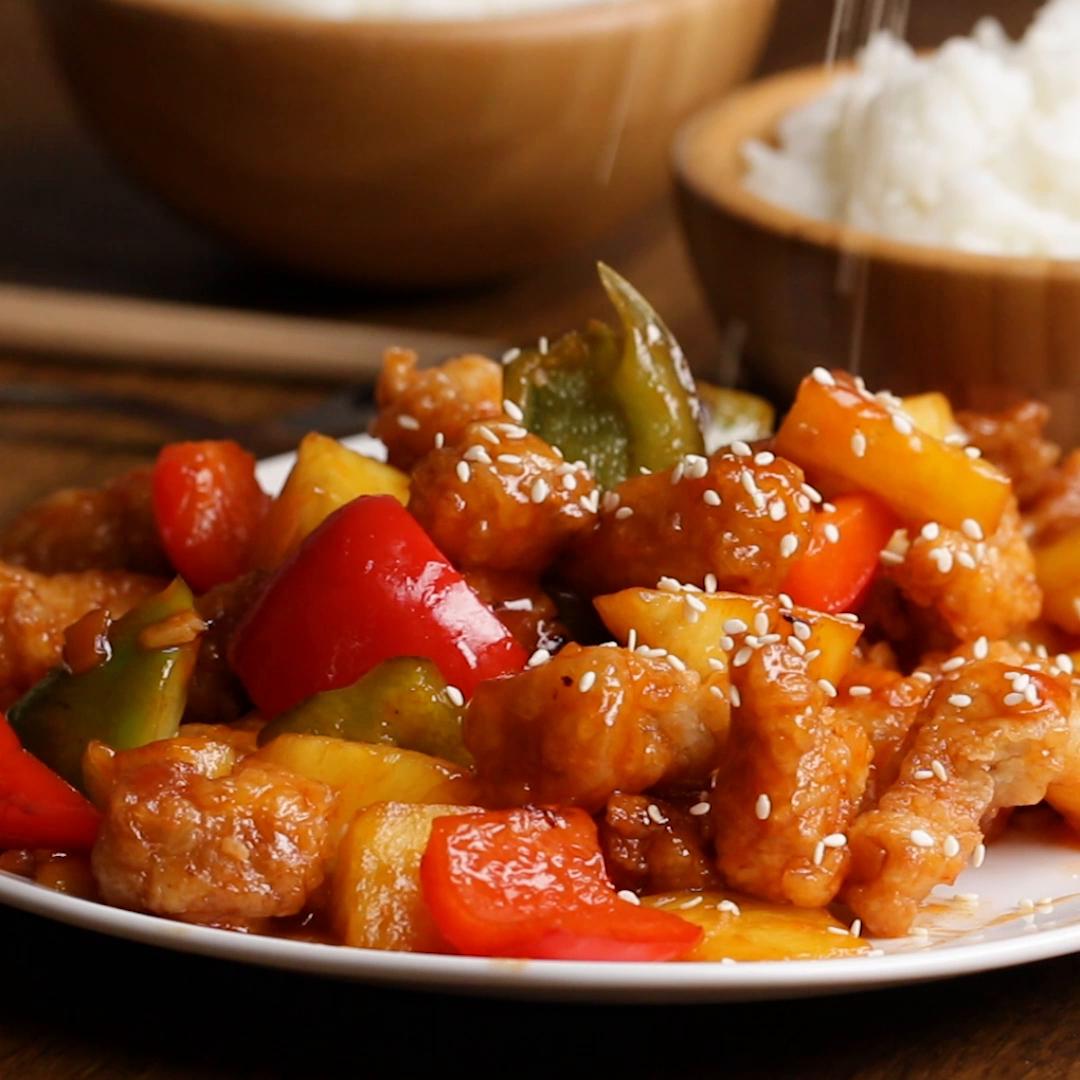
The second Sino-Japanese War (1937-1945) also saw another influx of Chinese and refugees to Australia leading to a boost in the restaurant trade.
During World War II, American service men liked to eat out in preference to eating in their barracks and many credit the American presence with changing local attitudes towards Chinese food.
In 1958 and then 1966, when the White Australia legislation was amended which opened the gate for Asian immigration
That’s when really a new wave of Chinese restaurants started to emerge… It was only after the 1960s that we became more accepting of Chinese migrants and more people in Australia embraced the idea of going to Chinese restaurants to eat. By the time we reached the 1970s, different varieties of Chinese cooking started to arrive in Australia and the more upmarket Chinese restaurants started to attract non-Chinese diners
Two world wars, discriminatory government policies and immigration hurdles over the past 100 years have not been able to stop the growth of Chinese cuisine in Australia. Now, Chinese ingredients — unheard of 20 years ago — make regular appearances in Australian kitchens.
“We’ve moved on from the sweet and sour pork…Australians wouldn’t accept tofu at all once…Now it’s a popular dish – Gavin Chan, Happy’s Restaurant Canberra
References
https://en.wikipedia.org/wiki/Chinese_restaurants_in_Australia
https://www.abc.net.au/news/2016-02-21/humble-chinese-diner-mapped-by-food-historians/7187218
http://www.chia.chinesemuseum.com.au/biogs/CH01148b.htm
https://www.sbs.com.au/food/article/2018/11/22/why-does-every-town-australia-have-chinese-restaurant


